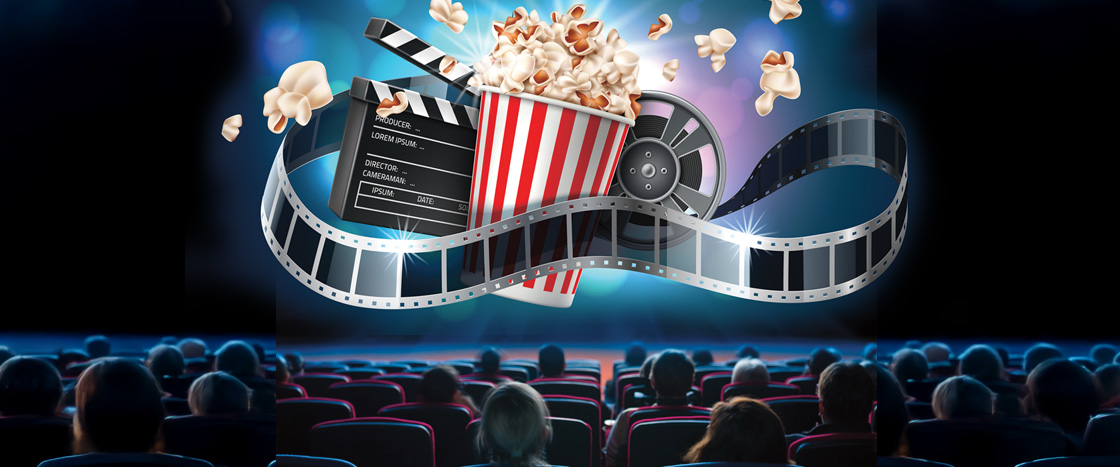You take your seat in a dark theater. The buttery scent of popcorn fills the air. Suddenly, the screen lights up. Dramatic music plays. The show is about to begin!
There’s something magical about watching a movie. This form of entertainment is more than a century old. Have you ever wondered how it started?
The first movies looked much different from the ones you watch today. Over time, inventors have built technology to make movies with color, sound, special effects, and more!
You sit down in a dark theater. The smell of buttered popcorn fills the air. Then the screen lights up. Exciting music plays. The show is about to begin!
It feels magical to watch a movie. This form of entertainment is more than a century old. How did it get started?
The first movies looked much different from today’s movies. Inventors built new movie technology over time. They added color, sound, special effects, and more!

